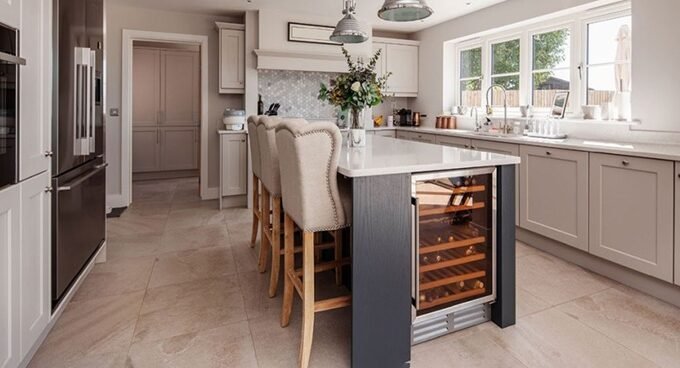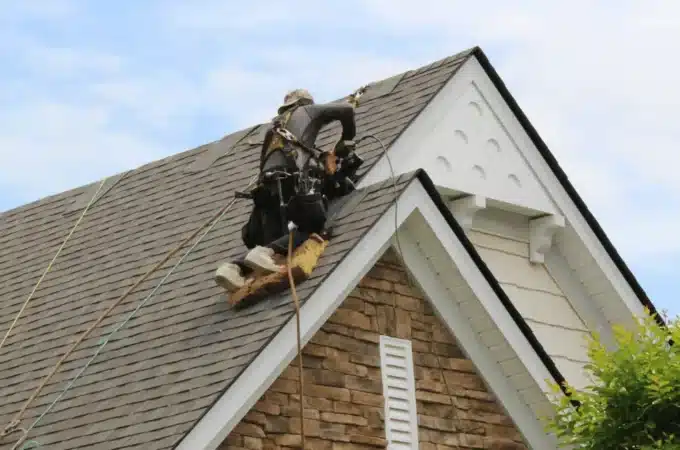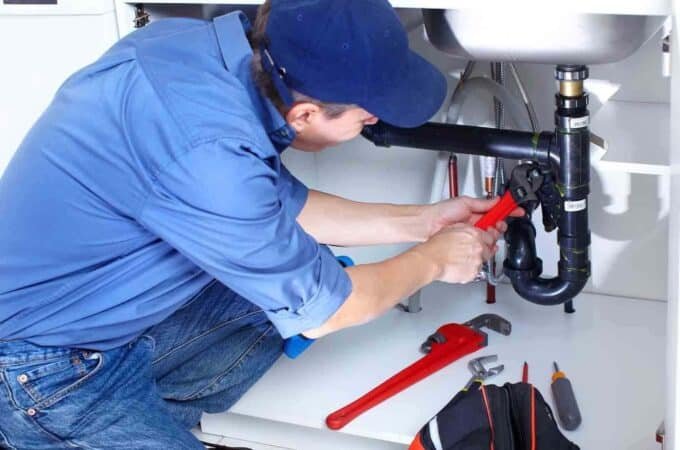
Busting Myths: Does Roof Ventilation Cause Metal Roof Rust?
Metal roofs are renowned for their durability and longevity, but sometimes, even the most trusted materials can be hidden in myths and misconceptions. In Sydney, where sunshine and humidity can be prominent, one common concern surrounding metal roofs is the question of rust and whether roof ventilation actually contributes to it.
The answer is a resounding no! In fact, proper roof ventilation is crucial in preventing rust and ensuring the long-term health and performance of your metal roof. Let’s delve deeper and debunk this myth:
Table of Contents
ToggleUnderstanding the Root Cause of Rust:
Rust occurs when iron, a component of most metals, reacts with oxygen and moisture in the air. This reaction creates iron oxide, commonly known as rust.
How Does Roof Ventilation Play a Role?
Metal roofs, despite their strength, can trap heat and moisture within the attic space. This warm, humid environment creates the perfect breeding ground for condensation. Condensation forms when warm air comes into contact with a cooler surface, like the underside of your metal roof.
The Problem with Condensation:
Left unchecked, condensation can:
Slake the metal surface: This constant dampness creates an ideal environment for rust formation.
Deteriorate roof components: Moisture can damage underlying insulation, sheathing, and even structural elements.
Reduce energy efficiency: A trapped, humid attic space can put additional strain on your heating and cooling systems.
So, How Does Ventilation Help?
Proper roof ventilation allows for the circulation of air within the attic space. This expels heat and moisture, preventing condensation from forming and creating a drier, healthier environment for your Sydney’s metal roof. This, in turn, prevents rust and promotes the longevity of your metal roof.
Different Types of Roof Vents for Metal Roofs:
There are various roof ventilation options available for metal roofs, including:
Ridge vents: Installed along the peak of the roof, they allow continuous airflow from one end to the other.
Gable vents: Placed near the roof’s gable end, they allow air intake and exhaust.
Power vents: Electrically operated fans that actively draw out hot air and moisture.
Solar roof vents: Utilize solar power to run fans, promoting eco-friendly ventilation.
Choosing the Right Roof Ventilation System:
The ideal type and number of roof vents for your metal roof will depend on various factors, such as roof size, pitch, and climate. Consulting with a qualified roofing professional is recommended to ensure optimal ventilation for your specific needs.
A Key Takeaway:
Not only does roof ventilation not cause rust on metal roofs, but it’s essential for preventing it and ensuring the overall health and longevity of your investment in Sydney, saving you from potential roof repairs down the line. By clearing up this myth and understanding the importance of proper ventilation, you can make informed decisions to protect your metal roof and enjoy its benefits for years to come.






